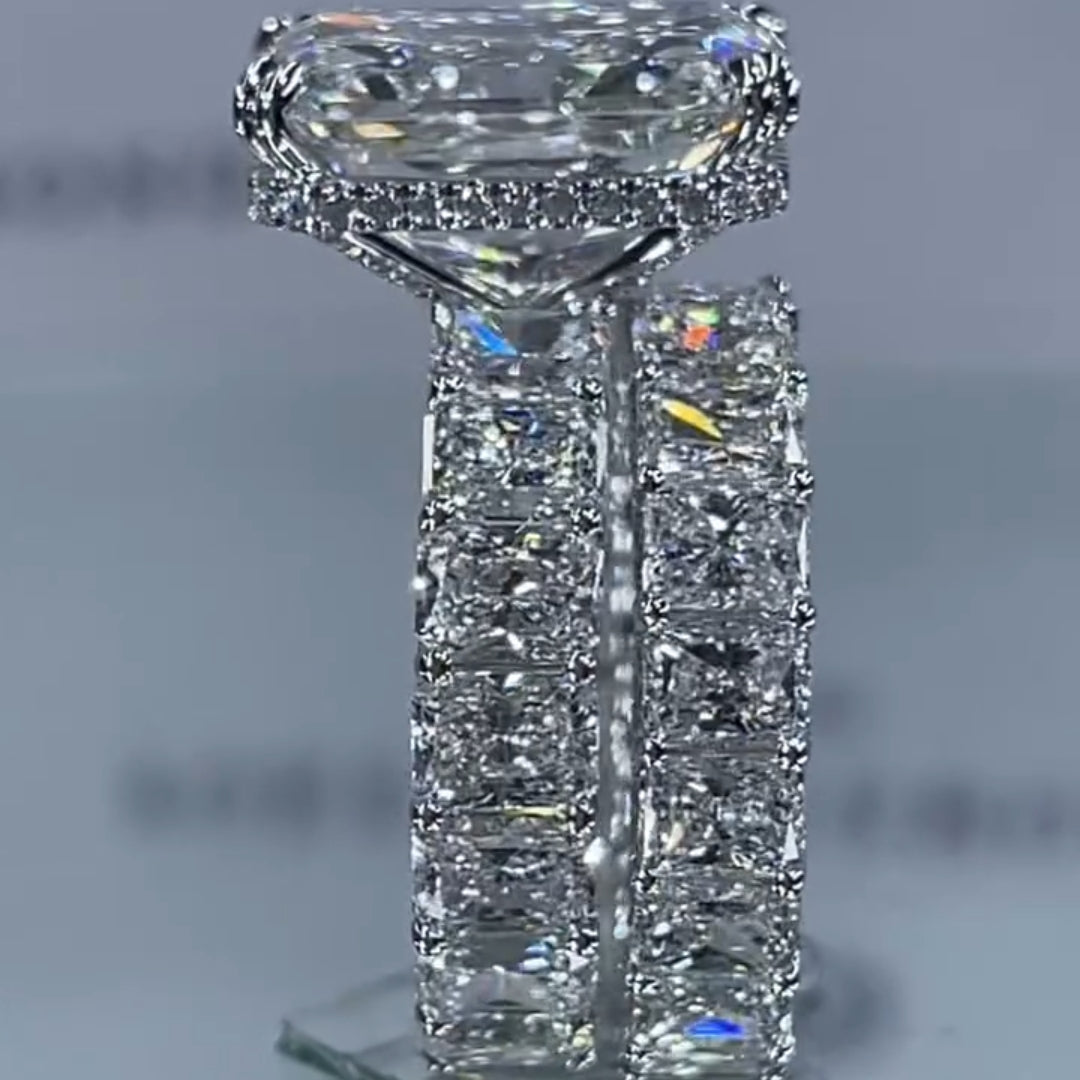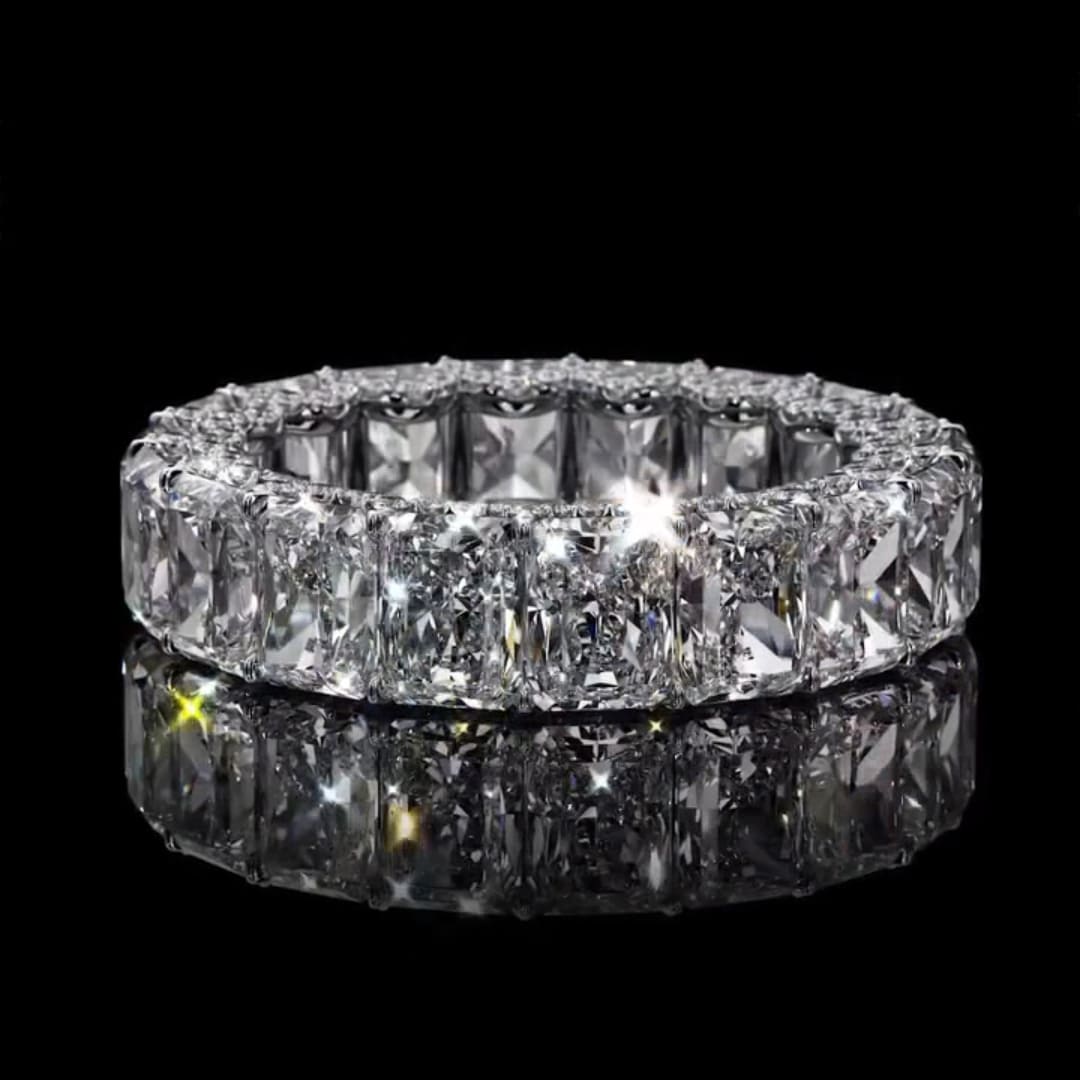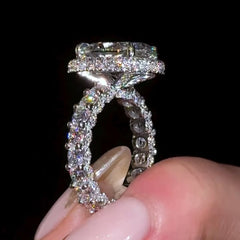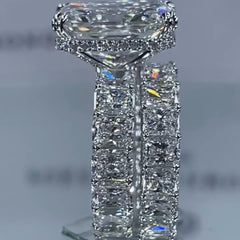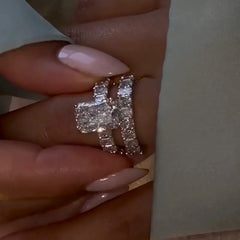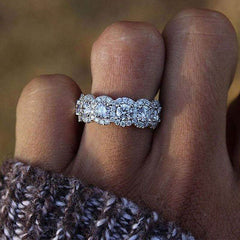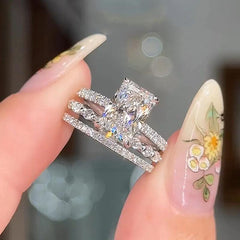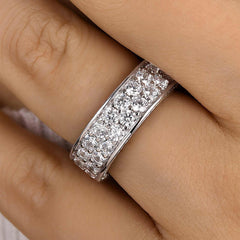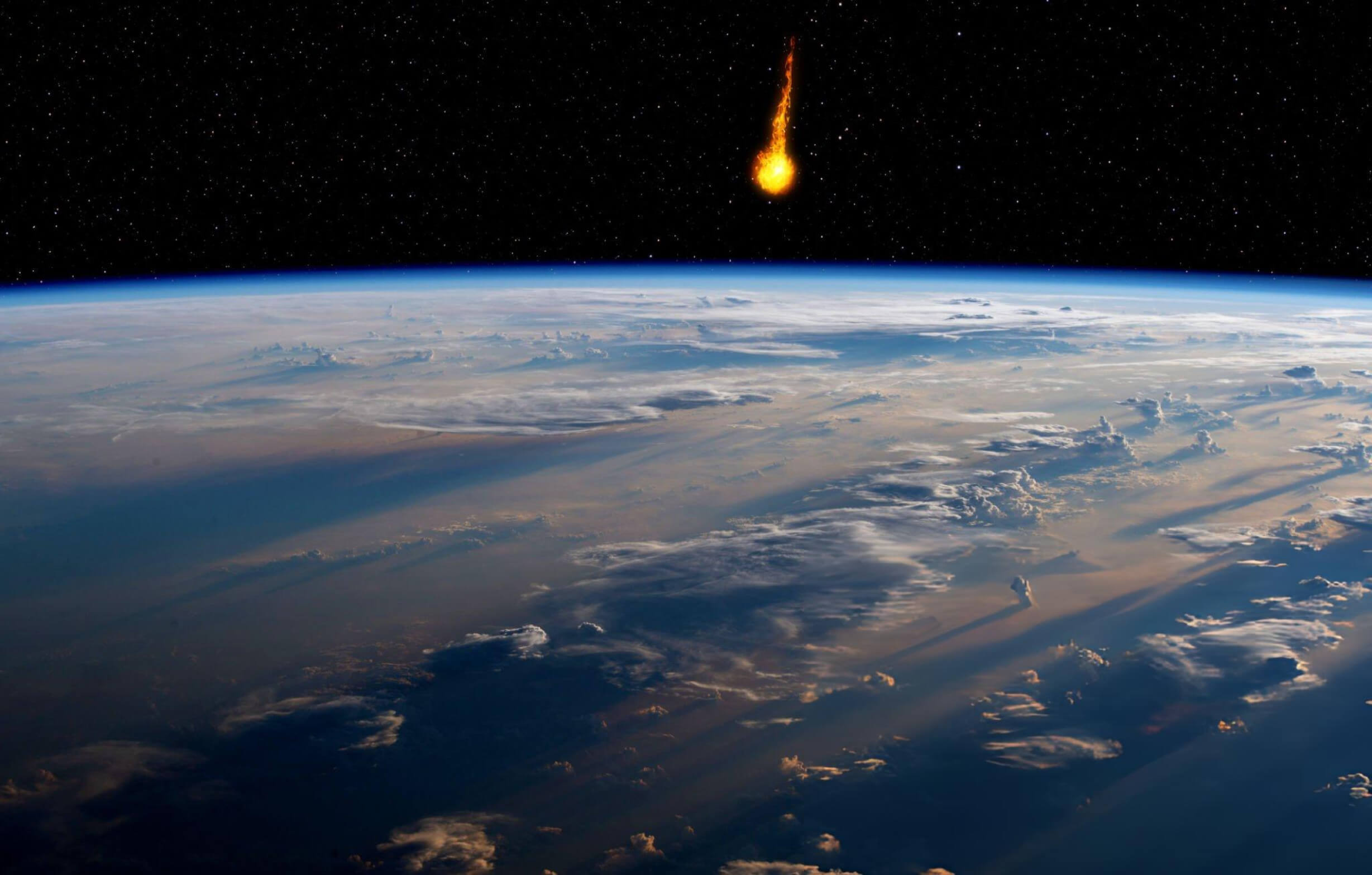
Moissanite - The Gem from the Stars
Moissanite, known as “the gem from the stars,” was first discovered in 1893 by French chemist Henri Moissan at a meteorite site in Arizona. Initially mistaken for diamonds, it wasn’t until 1904 that Moissan identified it as a completely new mineral, later named Moissanite in his honor.
Natural Moissanite is extremely rare, usually found near meteorite impact sites or occasionally with rough diamonds. Its scarcity and unpredictable formation under extreme conditions make it far more than just a diamond alternative—it is a unique rarity of its own.

Laboratory-grown moissanite
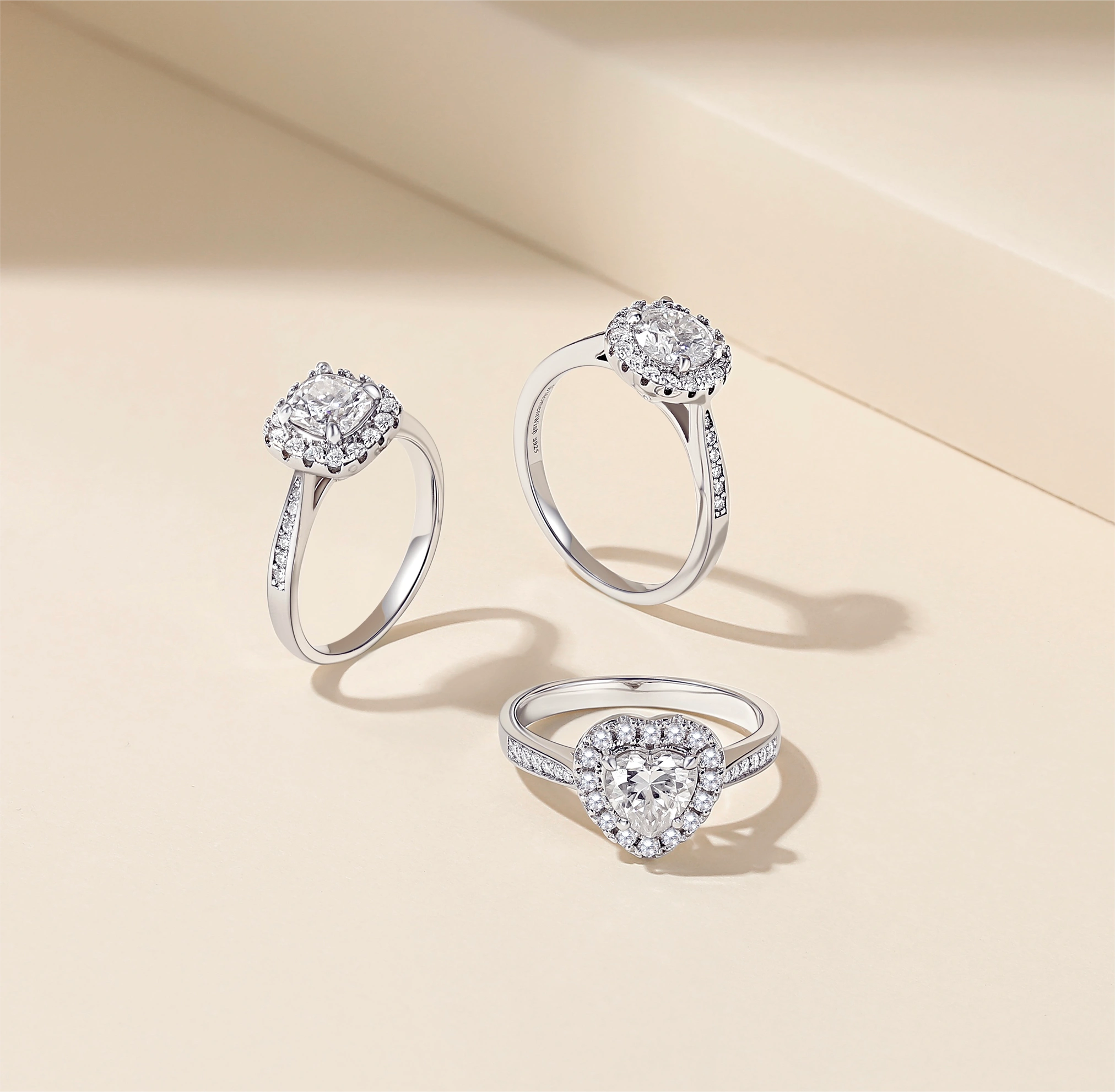
On the Mohs scale, Moissanite ranks 9.25—harder than most gems, second only to diamond and boron nitride. With a higher refractive index than diamonds, it displays an even more brilliant rainbow fire. More than just a gemstone, Moissanite is a cosmic treasure worthy of admiration.

Is moissanite a fake diamond?
Two people may look like twins without being related—appearances alone can mislead us. Similarly, while De Beers’ famous slogan “A Diamond is Forever” made diamonds the symbol of love, not everyone can afford them. Diamonds are extraordinary, but true love is not defined by owning one; jewelry should simply enhance one’s presence.
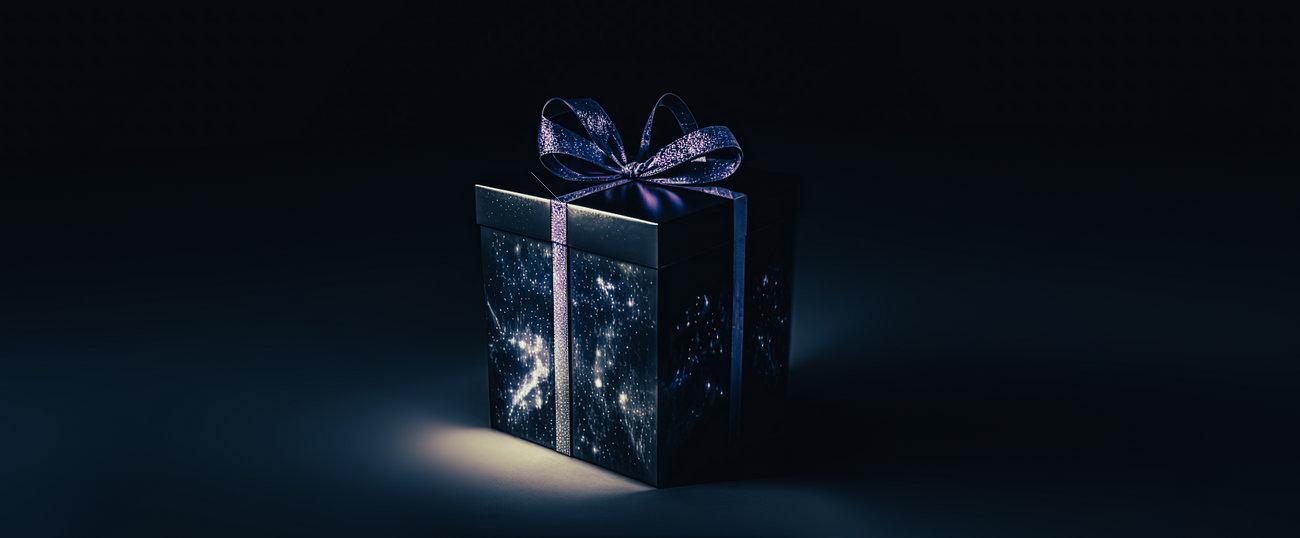
Gift from the Universe
Moissanite is like a gift from the universe—an affordable alternative to diamonds without sacrificing beauty. True love values the meaning behind a gift, not its price. With Moissanite, you can enjoy the elegance of diamond-like designs without financial strain.
SolariiJewelry Affordable Luxury


